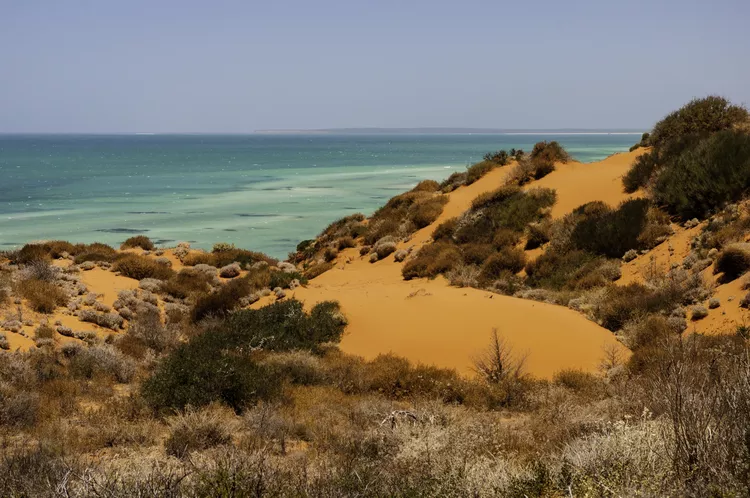Summary of Shark Bay
Discovering Shark Bay: A Unique Marine Paradise
Shark Bay’s name may conjure images of frightening man-eating sharks; however, this stunning location on the western coast of Australia is renowned more for its captivating dugongs, playful dolphins, and unique stromatolites. As a UNESCO World Heritage site, Shark Bay spans an impressive 2.3 million hectares, offering a diver’s paradise and opportunities to interact with marine life up close.
World Heritage Area
During his second voyage to Australia in 1699, the English explorer William Dampier inadvertently named Shark Bay, believing the area was populated by sharks, likely mistaking the local dolphins for the feared predators.
The Shark Bay UNESCO World Heritage Area became the first in Western Australia in 1991 due to its extraordinary natural wonders. It is one of just 16 World Heritage areas across the country, offering visitors rare opportunities to witness the rich marine biodiversity. Travelers come to Shark Bay to explore vast seagrass beds, encounter turtles and dolphins, and observe manta rays and whales, including the unusual dugongs (often referred to as sea cows). This incredible marine life can be experienced from the shore, through snorkeling, or aboard a boat.
Unusual Marine Life
Bottlenose dolphins are plentiful in Shark Bay. At the well-known Monkey Mia, these dolphins approach the shore, delighting visitors who venture into the shallow waters. Moreover, the population of around 10,000 dugongs in Shark Bay is considered one of the largest globally, contributing to the area’s reputation for unusual marine life.
At Hamelin Pool, visitors can discover stromatolites—calcareous mounds formed by layers of lime-secreting bacteria. These fascinating structures represent some of the earliest lifeforms on Earth, dating back approximately 3.5 billion years. Shaped somewhat like algae, they actively wave during the day as part of the photosynthesis process.
Humpback whales utilize Shark Bay as a crucial staging area during their migration, with their numbers increasing from a mere 500-800 in 1962 to an estimated 2,000-3,000 today. This makes for excellent whale-watching from August through October. While sharks may not be the main draw, adventurous travelers can head further north to Ningaloo Reef for the chance to swim with the world’s largest sharks, the whale shark.
Visiting Shark Bay
Travelers can reach Shark Bay by taking the Brand Highway to Geraldton, followed by the North West Coastal Highway towards Overlander, before turning left to Denham. The road journey from Perth to Shark Bay typically takes about 10 hours; however, flying to Denham or Monkey Mia is a convenient alternative.
Denham, previously a pearling port, is the main population center in Shark Bay. Visitors planning to stay overnight or for a few days should secure accommodations in advance, particularly during peak holiday periods, when availability may be limited.
The best times to visit are from June to October, when the weather is milder with lighter winds and daytime temperatures hovering in the mid-20s °C (upper 60s °F). Conversely, summer months can be uncomfortably hot.
While exploring Shark Bay, there are numerous activities to enjoy, such as boating, diving, snorkeling, observing marine life, fishing (in non-sanctuary zones), windsurfing, and swimming. Numerous boat ramps are available to facilitate these activities. For diving enthusiasts, it is advisable to bring filled scuba tanks and the necessary diving equipment.





